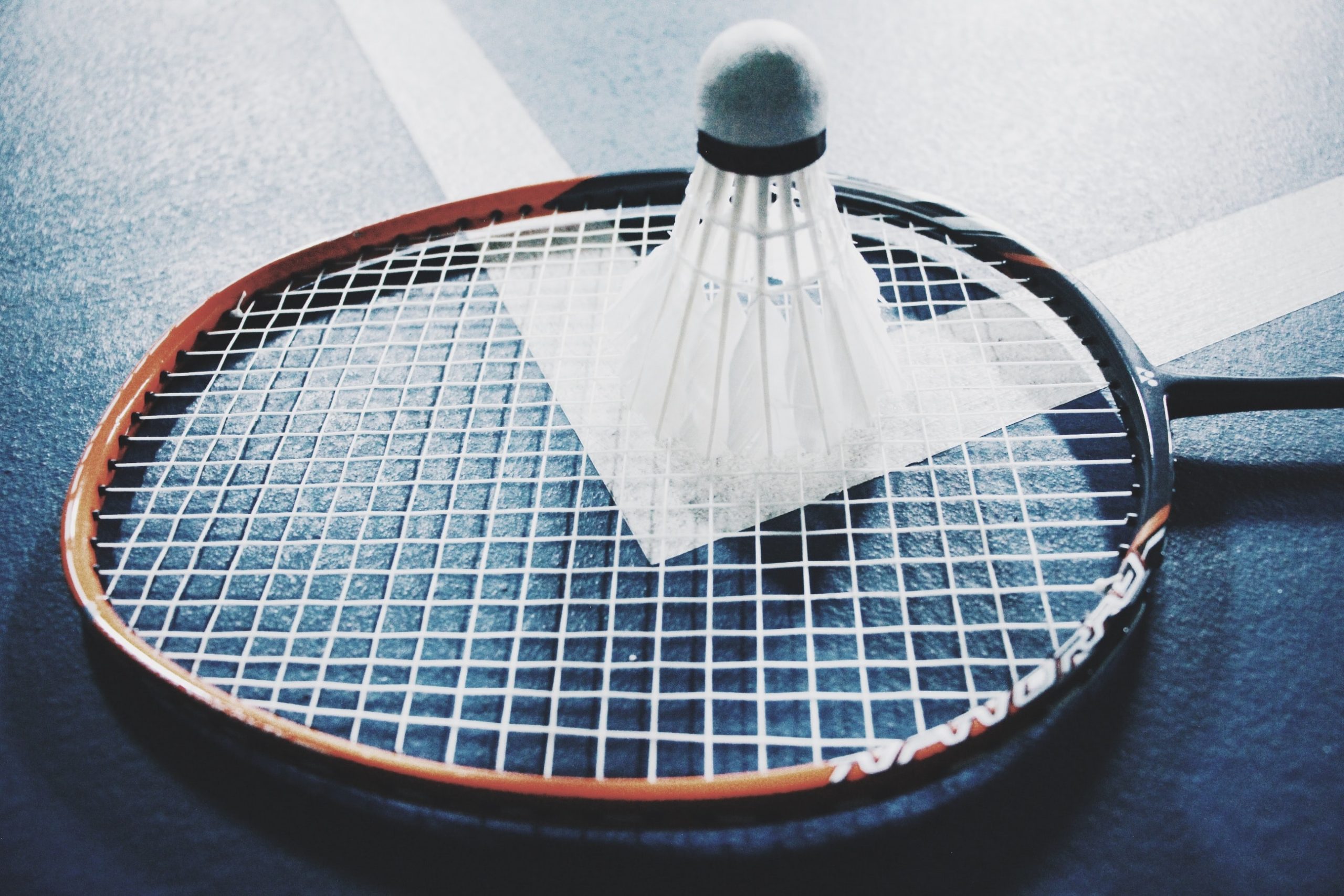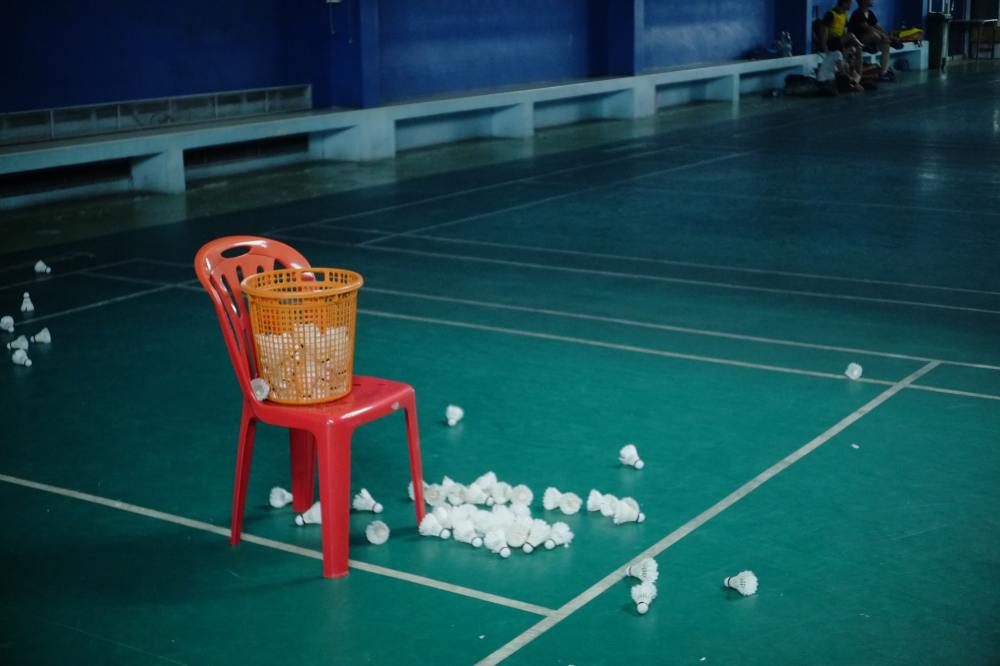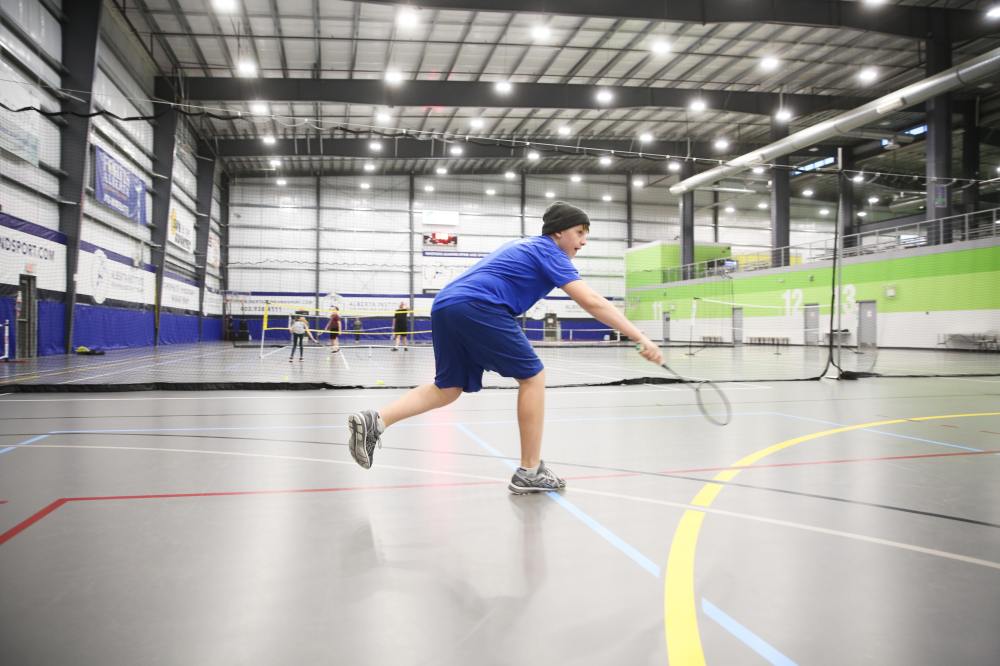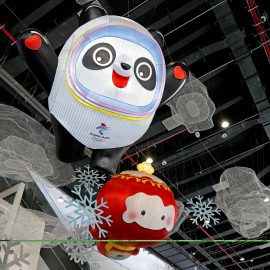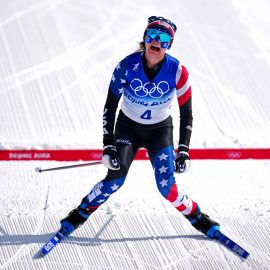To play any sports safely and at a decent standard, you need to apply some precise training. In a game like Badminton, without preparing your physical strength, endurance, agility, flexibility, and core stability, you are doomed to fail. In this article, we are going to address exactly how to implement these individual training to better your performance on the court.
Looking forward to becoming the next Lee Chong Wei? Apply these 5 straightforward training to see yourself as a better badminton player in near future.
1. Strength Training
In Badminton, many muscles are working all at once, and without strengthening it, you cannot go far in this game. By doing strength training, your performance inside the court will increase manifold. In Badminton, compound exercises will be most applicable to get the full benefit out of your session. It is those exercises that enable you to lift more weight and, at the same time, strengthens your entire body. For instance, the overhead press allows you to improve more functional strength and also incorporates those core muscle groups that are essential areas to work on. Some other good compound exercises include leg squat, push-ups, pull-ups, deadlift, etc.
2. Aerobic Training
Badminton is a game that requires very high endurance. The main goal of this training is to enhance the transportation of oxygen and food energy to the active muscles. It includes those exercises that increase the heart rate significantly for an extended time. For instance, skipping is a high-intensity workout that keeps a badminton player on toes. It is an excellent cardiovascular exercise that helps shuttlers to build their stamina. Beginners can start off with a 5-10 minutes skip then slowly increase their duration over time. Badminton demands high aerobic fitness, and there is nothing better than to include skipping in your workout schedule. Some other suitable exercises in this category of training are cycling, swimming, running, etc. There are also lots of cardio equipment that are available on the market to do these exercises.
3. Flexibility Training
Flexibility for any player in any sports is a great physical boon that can help him in many difficult circumstances. Specifically, in Badminton, players here in this game always need to turn quickly or even dive in certain situations. So, you can imagine how flexibility has a huge role to play for shuttlers. Regular PNF stretching is the best and reliable way to improve someone’s flexibility. By improving it, a player can freely move their wrist, waist, and arm, which are essential to play Badminton efficiently. Also, a flexible body allows you to improve your swing speed that ultimately results into a powerful smash. From limiting your sports injuries to improving your footwork, flexibility has a huge role to play. Most important stretches in Badminton include wrist rotation, forearm stretch, rotator stretch, standing toe-up calf, and Achilles tendon stretch. By incorporating frequent flexibility exercises in your training module, you are surely set for a painless badminton career.
4. Agility and Speed training
There is no need to emphasize on the fact that a Badminton player must be agile and quick for different directional shots during rallies. They get hardly a second to respond and intercept those shots. Thus, shuttlers got to have agility inside the court, including both physical and perpetual speed. The most popular agility training in the badminton world is the Shuttle Run. In this activity, the player runs by changing his speed and direction frequently to reach different corners of the court in a specified order. Some other lesser-known agility trainings are Ladder drills and Reactive Initiation Training. In the end, all these training techniques are done to build up your physical quickness and ability to change on-court direction very quickly and easily.
5. Core Stability Training
Core strength plays a major part in Badminton. By working on your core muscles, it increases the body’s stability and improves the movement of the spine and pelvis. Due to this, the lower and upper limbs work in coordination, which in turn drastically lowers your chances of getting injured. The training in this category mainly consists of low, static, muscular contraction that might require some additional gym accessories, for example, medicine and gym balls. For badminton players, there are some great exercises for core stability like ball push away, dumbbell plank drag, hanging knee raises, and so on.
Do these exercises religiously, and you will surely see a spike in your on-court performance.
Add The Sports Daily to your Google News Feed!
